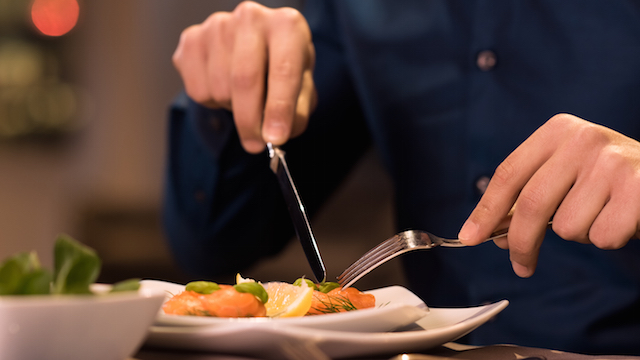F&B in Hong Kong has remained resilient throughout the retail crisis and is now underpinning the retail property sector according to a new report from CBRE.
Hunger for Growth – Unlocking Opportunities in Food and Beverage Retail, concludes that with numerous commercial and residential development projects planned for the next five years, the strong growth momentum of the F&B sector “is unlikely to slow anytime soon”.
The number of licensed eateries in Hong Kong increased by 37 per cent between 2003 and 2015. And according to the Census and Statistics Department, while total retail sales dropped by 3.7 per cent year-on-year in 2015 and a further 10.5 per cent year-on-year in the first half of 2016, total restaurant receipts grew by 3.9 per cent 2.5 per cent respectively over the same periods.
Marcos Chan, head of research for CBRE Hong Kong, Southern China and Macau, says that unlike most other retail segments, food is a necessity.
“Therefore F&B sales are generally more resilient during economic downturns. Median households in Hong Kong allocate around 10-15 per cent of their incomes on eating out, irrespective of the economic cycle. The F&B sector is also less dependent on tourists compared with other goods, such as luxury items.”
Joe Lin, executive director, advisory and transaction services – retail, with CBRE Hong Kong, says long working hours, easily accessible public transport options, and smaller apartments have all discouraged the working population in Hong Kong from cooking at home and encouraged them to dine and socialise outside.
Landlords turning to F&B tenants
With the decline of luxury spending and the growth potential of F&B, commercial property landlords are becoming more willing to sign F&B operators and have allocated more space in their tenant mix for F&B tenants. Shopping mall landlords are also acknowledging the effects of bars and restaurants in enhancing their positioning and increasing footfall to benefit other retailers.
Another trend is the incorporation of fine dining restaurants in premium office buildings, which helps landlords raise the profile of their properties. These floors usually command premium rents over conventional retail space due to their unobstructed views, open spaces, balconies and sky gardens. So far, nine out of 230 Grade A office buildings in Hong Kong have F&B floors, with more expected to convert space in the future.
In addition, more commercial building owners are converting their premises to Ginza-retail buildings to maximise rental returns. F&B floors in less prominent commercial buildings can typically achieve an additional 20 per cent in rental premium compared to office floors.
Developments to fuel growth in emerging districts
Commercial and residential real estate developments in several emerging districts are expected to substantially boost demand for F&B tenants over the next few years. From now until 2020, an additional 4.7 million sqft of new office space will come online in Kowloon East. The completion of the Express Rail Link Terminus and the West Kowloon Cultural District will contribute another 11 million sqft of office space to the market. These developments are estimated to attract an extra 93,000 workers to the respective districts, creating vast opportunities for F&B operators, says CBRE.
Malls moving outwards
In terms of future retail supply, 88 per cent of the shopping malls scheduled to be completed before 2020 are in non-core areas. In the four core submarkets, over half of the new retail supply (1.6 million sqft) will be from Ginza-type towers. A total of 23 industrial revitalisation projects have been approved for conversion to retail facilities, providing 1.9 million sqft GFA of space. Most of these properties are in emerging commercial districts such as Kwun Tong (33 per cent), Cheung Sha Wan (23 per cent), and Tsuen Wan (14 per cent).
New residential developments in emerging locations such as Shatin, Tseung Kwan O and Tuen Mun will also result in significant population growth in the next five years, driving strong demand for neighborhood dining options.
“The transformation of the Hong Kong retail market is structural and is likely to continue for the foreseeable future. The entire retail market is seeing a general down trend, evidenced by the total decline of 23 per cent in average prime street shop rents from its peak in the third quarter of 2014,” said Lin.
“Landlords are hence softening their stances in lease terms and tenant selection. This represents an ideal time for F&B operators to negotiate better lease terms with retail landlords to expand their footprint. F&B owners may also consider taking up space in emerging districts to save operation costs and capture future opportunities.”






